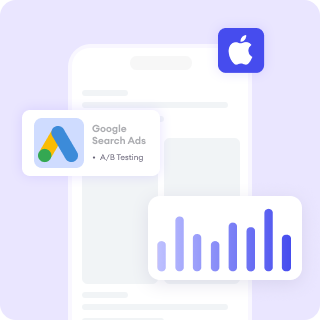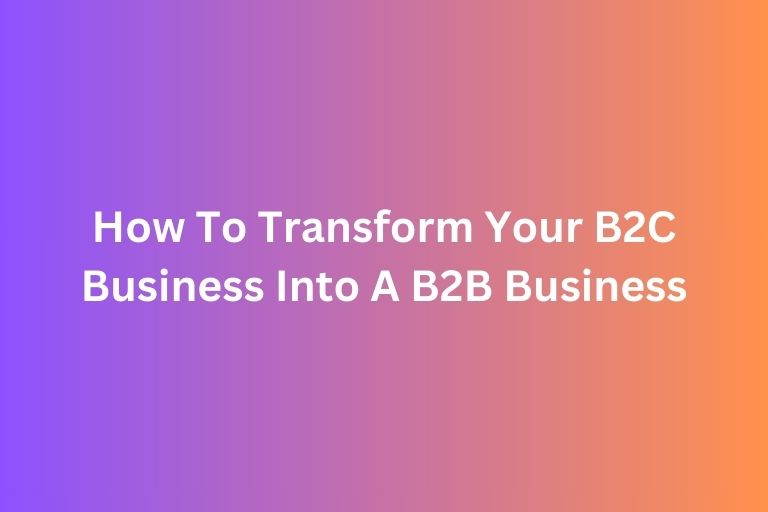The marketing funnel’s conversion stage is the moment when prospects decide whether to take the leap and become paying customers.
At the conversion stage, your prospects are no longer strangers. They’ve engaged with your brand, explored your solutions, and identified a potential fit. What’s on their mind now? Trust, value, and clarity. Your job is to address lingering doubts, reinforce your value proposition, and make the decision process as effortless as possible.
Here’s how you can get revenue by turning potential users to do a conversion during The Conversion Stage in Marketing Funnel:
Why Is the Conversion Stage Important?
The conversion stage is the bridge between potential and realized revenue. Here’s why it matters:
- Revenue Generation: This stage directly impacts your bottom line. Without successful conversions, even the best lead generation strategies won’t deliver tangible results.
- Validation of Efforts: A successful conversion reflects the effectiveness of your messaging, value proposition, and overall marketing strategy.
- Customer Acquisition: The conversion stage transforms engaged prospects into loyal customers, setting the foundation for future relationships.
- Competitive Edge: Businesses that excel at converting prospects stand out in crowded markets, gaining an edge over competitors.
Key considerations for the conversion stage:
- Is this the best solution for my needs?
- Will this deliver the promised value?
- Can I trust this company to follow through?
Strategies to Finalize the Sale
1. Personalized Follow-Up
Use personalized communication to make a follow-up email, a phone call, or a product demo, make it clear that you understand their unique needs and are committed to solving their specific problem.
For example, instead of saying, “Are you ready to buy?” try, “Based on our earlier conversation, here’s how [Product/Service Name] addresses your key challenge of [specific issue]. Let’s discuss how we can move forward.”
How To Do It:
- Review previous interactions to tailor your approach.
- Use tools like CRM software to track prospect behaviors and preferences.
- Schedule timely follow-ups via email, call, or chat with specific next steps.
2. Simplify The Process
Evaluate your sales process for unnecessary hurdles. Is your checkout process clunky? Are your contracts filled with jargon? You can try to test your purchase process as if you’re a first-time customer and remove anything that feels frustrating or unclear.
Simplify every step. Offering options like one-click purchases, flexible payment plans, or self-serve demos can make a world of difference.
How To Do It:
- Audit your sales process to identify barriers to completion.
- Simplify checkout forms or provide instant purchasing options.
- Offer multiple payment methods to accommodate preferences.
3. Leverage Social Proof and Case Studies
Highlight relatable stories that demonstrate how you’ve solved problems similar to theirs. It could be in the format of testimonials, reviews, and success stories. Case studies with tangible results (e.g., “We helped [Client Name] increase their ROI by 45%”) also add credibility and reassurance for your brand.
How To Do It:
- Share customer testimonials or videos that highlight success stories.
- Use industry-specific examples to resonate with prospects.
- Offer a comparison tool showcasing your advantage over competitors.
Learn more: What Are Social Signals and How Do They Impact Your Business
4. Create a Sense of Urgency
Without being pushy, you can inspire action by emphasizing limited-time offers or showing demand for your solution. “Our discount ends Friday” or “Only 3 spots left for our onboarding this month” gives prospects a reason to act now.
Remember:
- Highlight limited-time discounts or exclusive offers.
- Emphasize low inventory or upcoming price changes to encourage action.
- Use countdown timers in your email or landing pages for visual impact.
Learn more: Understanding Urgency-Based Marketing: How Scarcity and FOMO Drive Sales
5. Offer a Risk-Free Trial or Guarantee
Remove the fear of buyer’s remorse by offering a safety net. You can use free trial, a money-back guarantee, or a no-questions-asked return policy, to show that you’re confident in your product and they can be too.
6. Clear Call-to-Action (CTA)
Don’t leave prospects guessing about the next step. A strong, direct CTA that communicates the benefit of taking action now (e.g., “Start your free trial today” or “Schedule your consultation now”).
How To Do It:
- Use action-oriented language such as “Start now” or “Get started today.”
- Place CTAs prominently on webpages, emails, or proposals.
- Include a benefit-driven incentive like “Sign up now and get 10% off your first order.”---
Building Relationships Beyond the Sale
Finalizing the sale isn’t the end; it’s the beginning of a long-term relationship. This phase is crucial because it solidifies customer trust, encourages repeat business, and lays the groundwork for advocacy. Delighted customers are more likely to recommend your brand, provide valuable feedback, and explore additional offerings.
Here's what you can do:
- Seamless Onboarding: Make their transition from prospect to customer smooth and enjoyable.
- Post-Purchase Communication: Follow up to ensure satisfaction and offer support.
- Opportunities for Engagement: Invite them to join your community, provide feedback, or explore complementary products.
Conclusion
Converting prospects into customers requires you to build trust, deliver value, and make the experience simple and rewarding for the customers. By focusing on their needs, addressing objections, and offering clear paths forward, you’ll not only finalize sales but also gain loyal, satisfied customers.
Improve your site performance with FoxAdvert!
If you are looking forward on how to improve your site performance, our professional team of digital marketer experts at FoxAdvert can help you. Contact us today to start your journey 😊











